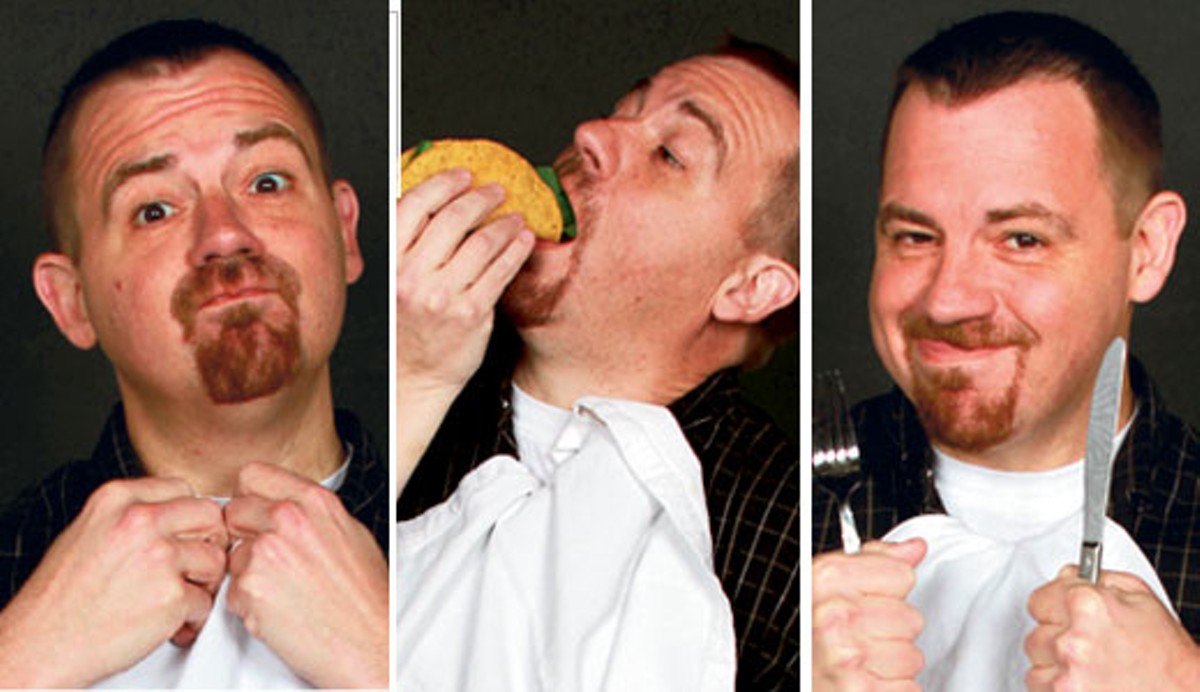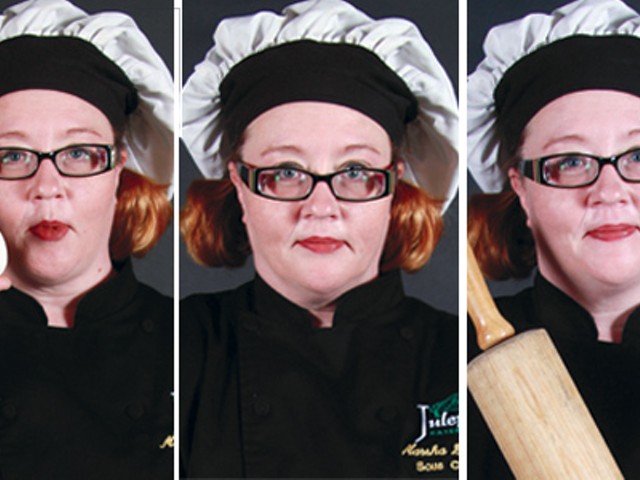When I was a kid, I remember going to a crummy grocery store in my hometown of Clarksville, Indiana, and my parents buying me Donald Duck orange juice. It was important to drink orange juice for the vitamin C, they said, and I was in because the orange juice came in cool-looking tiny cans and, duh — Donald Duck.
It stuck. Orange juice became one of my favorite drinks, if not my absolute favorite. As a teenager, I would spend lazy evenings snacking on chips or Doo Dads, and I would drink an entire quart of OJ to wash it down. I drank it almost every day for breakfast, to boot.
Fast forward several decades, and I still drink it daily. In fact, one of the things I look forward to most after rising and taking a shower is that first drink of orange juice to get my day started. It’s delicious, and my body feels good after I drink it.
And then the other day, I read that orange juice is being called a massive scam that has been perpetrated upon America — not at all the “part of a complete breakfast,” as the commercials would have us believe. And Annette Funicello shilled that stuff as being “not just for breakfast anymore,” when apparently it was not really even for breakfast in the first place.
According to a recent report from Business Insider, “In terms of its nutritional profile, juice isn’t too much better for you than a glass of soda or any other sweetened beverage.”
What in the name of the Sunshine State is going on here?
Apparently, commercial orange juice is so sweetened now that it has a nutritional profile similar to a bag of M&Ms. So, yeah, water is far better for you — apparently, OJ is just more empty calories.
This comes to my attention a couple of years after I read a report about how commercially-sold orange juice is actually produced, and it’s a bit disturbing. I overlooked it, because I love the stuff so much, and now I have a double whammy to consider.
But the report I speak of warns that orange juice we get in a jug, carton or frozen tube isn’t fresh juice from oranges. It’s something of a facsimile thereof. Alissa Hamilton, who wrote the book “Squeeze: What You Don’t Know About Orange Juice,” found that the commercially-sold stuff is actually kept in tanks for long periods of time — like, as much as a year.
Oxygen is removed to help preserve the juice, a process which, according to Hamilton, also removes much of the flavor and even some of the nutrients, so the vitamin content on the packaging might not be accurate. And to make it taste like what the public wants, orange juice producers take a few liberties.
“They actually hire flavor and fragrance companies to manufacture flavor packs to add back to the juice to make it taste fresh,” Hamilton said. Sugar. Orange flavoring. You get the idea.
Up to 600 chemicals might be used in that process, she added. That’s a lot of chemicals, and that list doesn’t include fresh oranges.
All of this is not to make anyone stop buying orange juice at their grocery store. I mean, this is America, right? We can buy what we want, and fill our bodies with whatever filth we choose. At the same time, now I wonder if I should simply eat more oranges. Hey, I like those, too — they just aren’t as convenient or satisfying to me as that big gulp of OJ straight from the container that I so joyfully treat myself to every damn morning of my life.
Of course, when I started considering all this, it sparked a memory: When I was a young boy, maybe 6 or 7, and my mom was introducing me to Donald Duck orange juice, I remember that the cans came in two versions: sweetened and unsweetened. I found that I liked the unsweetened version better, but over time, the choices disappeared. I always assumed the manufacturers, and those in charge of regulating our nutritional intake as a society, had made the right decision and had stopped adding sweetener to what already was a perfect beverage.
Maybe I assumed wrong. Sigh.







